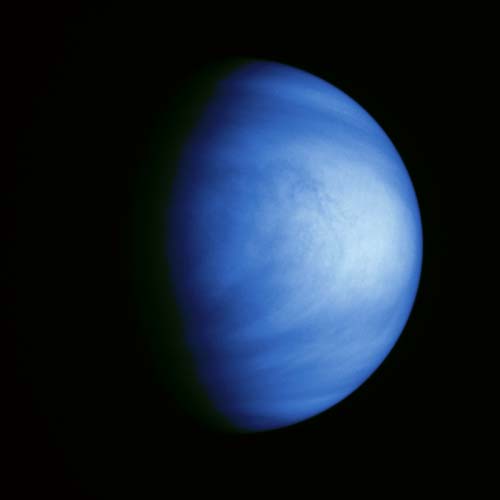“Ah, but it’s only a theory” they say. Or maybe “Science can never truly prove anything”. I must have heard this countless times, and every time I hear it I feel my fists begin to clench and my blood begin to boil. How can people that live life so dependent on scientific ideas be so obtuse about their validity?
 |
| "Turtles all the way down". |
Let’s start with an easy example. The Earth is not flat. You notice I used the word is, rather than saying ‘our best theory is that…’ and that would be because THE EARTH IS NOT FLAT. Neither is it, as the old lady said to Richard Feynmann "Turtles all the way down". The first recorded measurements of our earths shape were performed by Eratosthenes in around 250BC by using the shadows in wells on the summer solstice. Since then we have built greatly upon this measurement. If that measurement was a cornerstone of science, we now tower so high over the landscape below we are lost in the clouds. We know the Earths radius to within a few centimetres. Satellites orbit the planet every hour, feeding back data from every square inch of this orb we live on. We know the orbits of the other planets well enough to predict exactly where any one of them will be millions of years into the future. We have built communication systems that encircle the globe and explored every last patch of land or puddle of ocean.
Not one observation in 2300 years suggests that we live on a flat earth. It would take an incredibly self-centred view of the universe not to believe the volumes of evidence we have as fact.
But what about a great paradigm shift? Does it not topple the ivory tower in which we scientists inhabit? The best example is the shift from Newton’s laws of gravity to Einstein’s in 1918. For many years, the laws of gravity Newton developed matched the observations of the moon, the planets and objects on Earth perfectly. However, not until science had developed much further did Newton’s laws begin to become a bit frayed at the edges. Mercury’s orbit, for example, was slightly wrong. But this anomaly did not destroy gravity. Apples still fell from trees, moons still orbited planets. And in 1918 Einstein came along and described gravity in perfect detail once again. As astronomy progressed, our view of the universe sharpened and we were able to view more detail. If Eratosthenes started off with a vague, unfocused image of what the universe is like, we now have a wonderfully clear picture, with infinitely more detail and infinitely more beauty.
What is clear is that there is such a thing as a science fact. We have proved beyond all doubt that the earth is round. We know that gravity pulls two masses together. So much evidence exists from the natural world that we can say with all certainty that organisms do evolve by natural selection. Science itself evolves by natural selection; those ideas that are proven to be right by a great wealth of evidence are added to our combined knowledge of the universe. Those ideas that are proved to be wrong are discarded.
 Not all science is as clear cut: fringe hypotheses may be put forward, developed upon and then found to be wrong. But science is always rooted in observations of the real world. No paradigm shift can ever occur that will wipe hundreds of years of science away. If a few blocks fall from the pinnacle here and there, so be it. As long as science is still valued, our knowledge will continue to grow like a tree reaching for the sun.
Not all science is as clear cut: fringe hypotheses may be put forward, developed upon and then found to be wrong. But science is always rooted in observations of the real world. No paradigm shift can ever occur that will wipe hundreds of years of science away. If a few blocks fall from the pinnacle here and there, so be it. As long as science is still valued, our knowledge will continue to grow like a tree reaching for the sun.